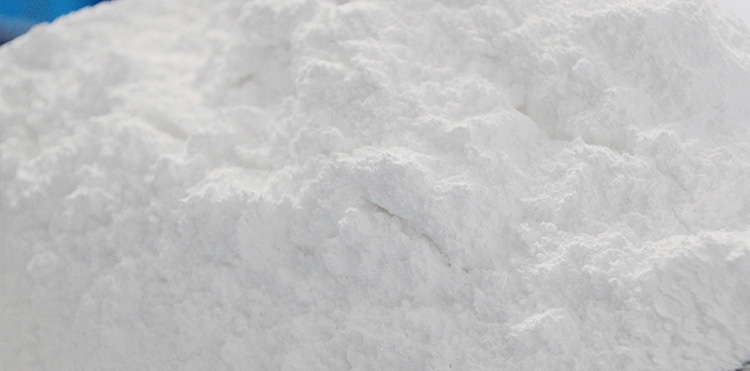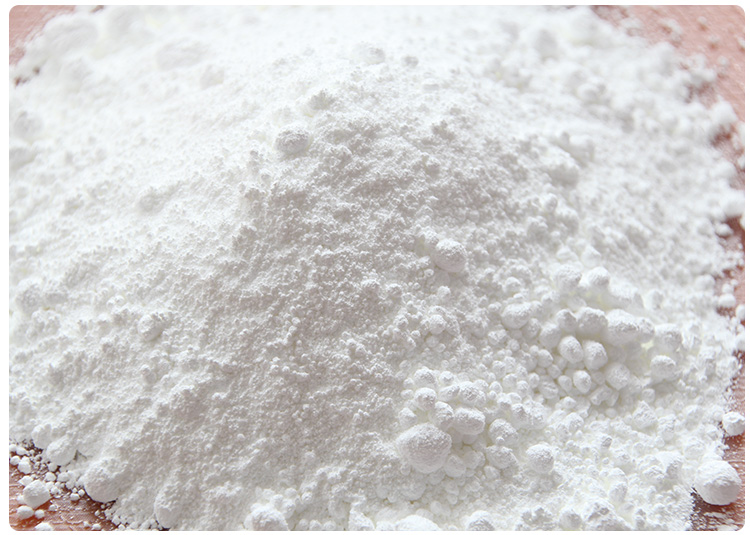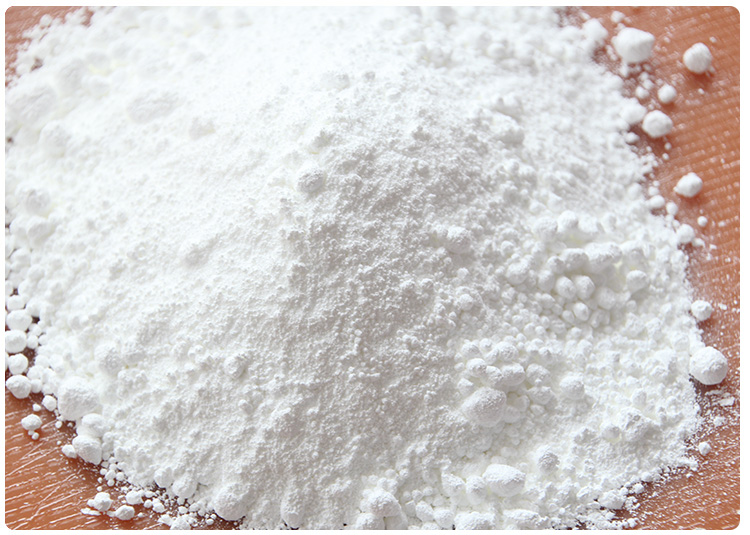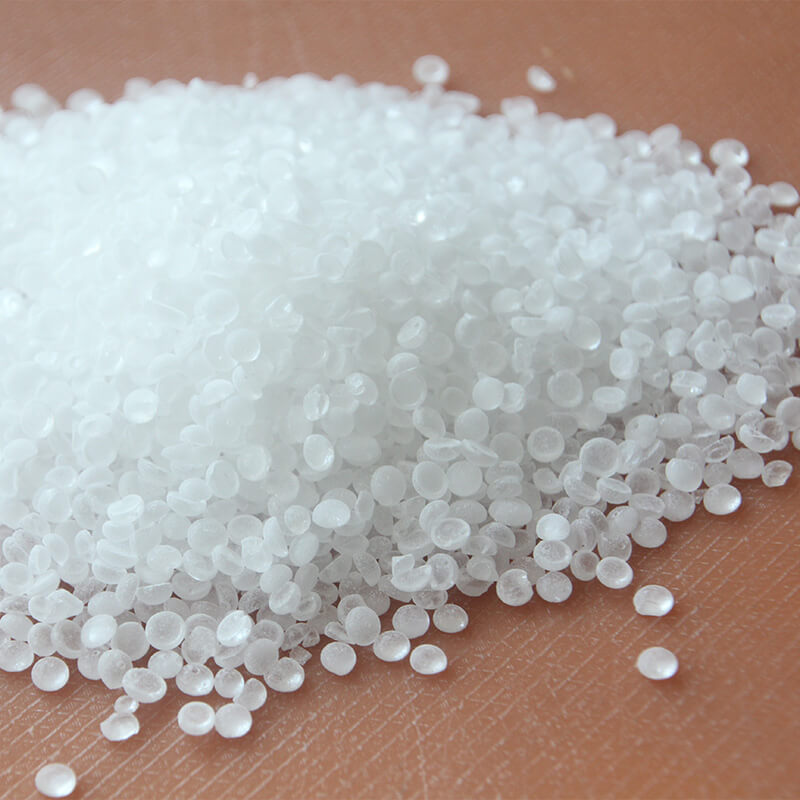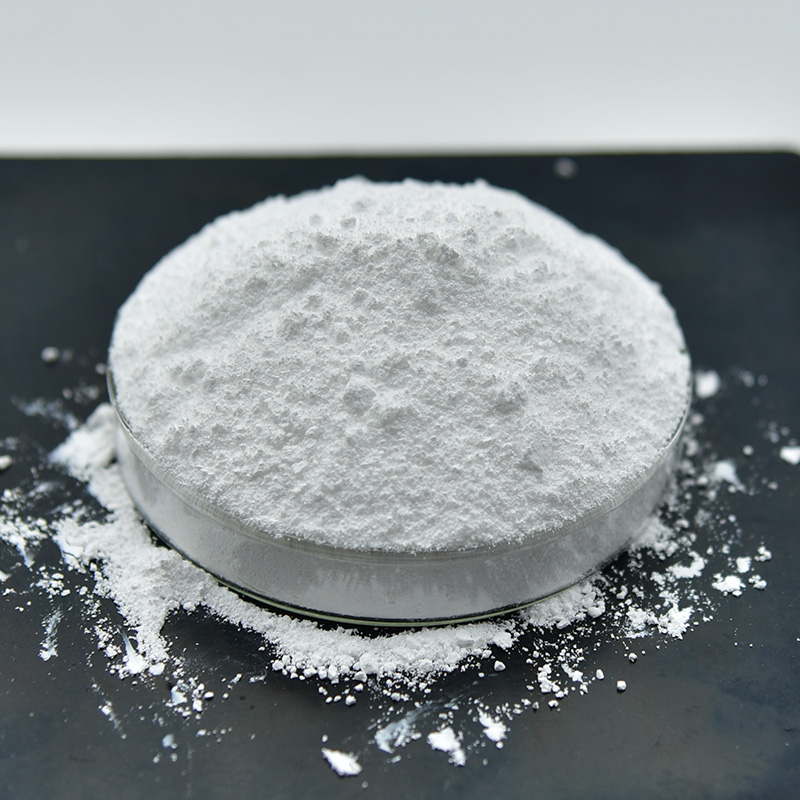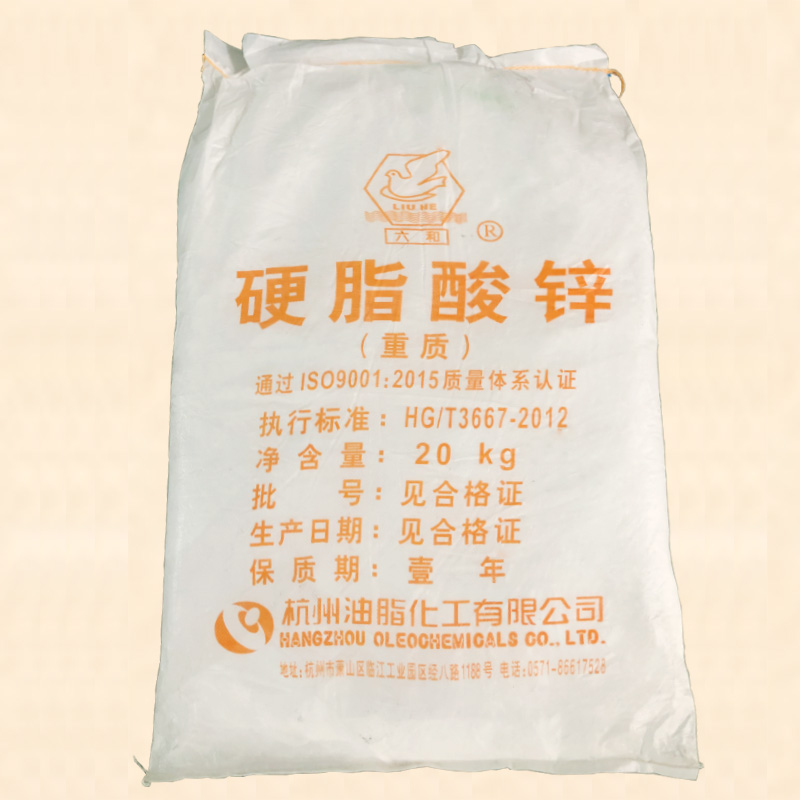Zinc stearate in Paints and Coatings
- Mingpai
- 2024-06-04 14:09:48
Zinc stearate also plays a significant role in the production of paints and coatings, offering several key benefits to enhance their performance and application properties. Some of its main functions in this industry include:
Rheology Modifier: In paint formulations, zinc stearate acts as a flow control agent, influencing the viscosity and flow behavior of the paint. It helps prevent settling of pigments and ensures a uniform suspension, which is crucial for maintaining consistent color and finish during application.
Matting Agent: When used in certain quantities, zinc stearate can contribute to the matting effect in paints, reducing gloss levels. This is particularly useful for creating matte or low-sheen finishes on surfaces where high reflectivity is undesirable.
Tack Reducer: It reduces the tackiness of the wet paint film, allowing for easier handling and minimizing the risk of dirt pickup during drying. This is beneficial for both professional and DIY applications.
Anti-Cratering Agent: Zinc stearate helps prevent the formation of craters or pinholes in the dried paint film, which can occur due to outgassing of solvents or air entrapment. Its presence promotes a smoother, more uniform surface finish.
Release Agent: Similar to its function in rubber manufacturing, zinc stearate serves as a release agent in coatings, facilitating the removal of tapes, films, or other protective coverings without damaging the underlying coated surface.
Corrosion Inhibition: Being a zinc salt, it can provide mild corrosion inhibiting properties to metal substrates when used in protective coatings. This is especially valuable for coatings applied to metal structures exposed to corrosive environments.
Compatibility Enhancer: It improves compatibility between different components in complex paint formulations, such as pigments, resins, and solvents, ensuring good mixing and stability over time.
However, similar to its use in rubber manufacturing, the amount of zinc stearate used in paint formulations must be optimized. Excessive amounts can lead to issues like poor adhesion, reduced water resistance, or an increase in the tendency for dust to stick to the dried surface. Therefore, formulators must strike a balance to leverage its benefits without compromising the overall quality of the paint or coating.
